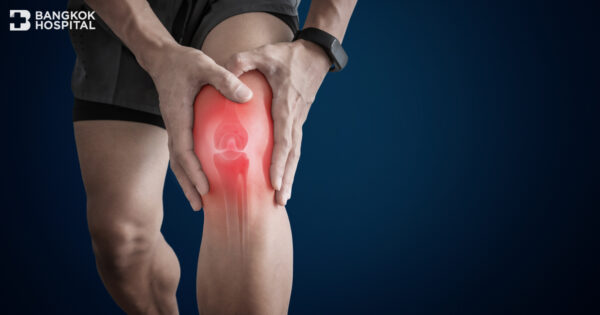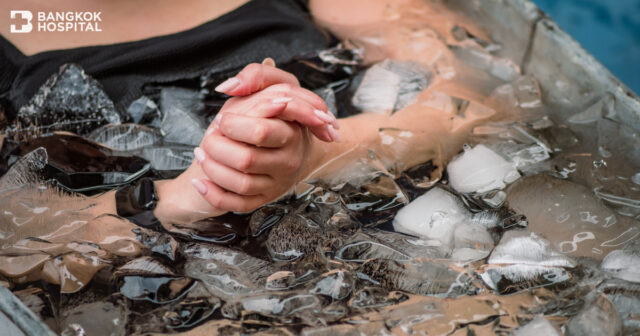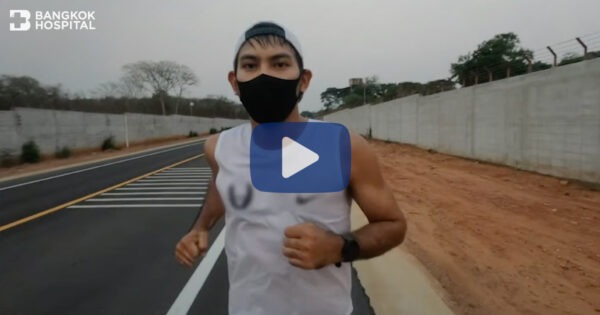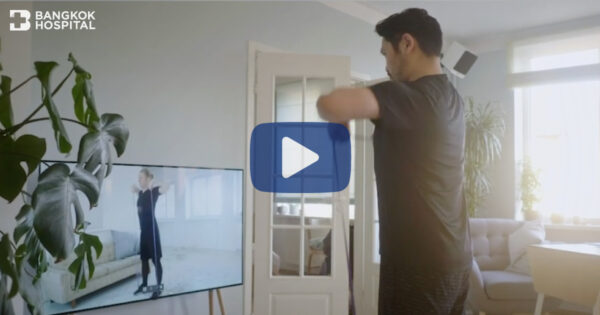Because a tear in anterior cruciate ligament of the knee can occur unexpectedly, being already aware of the injury and related issues goes a long way to better understanding and alleviating concerns.
What is anterior cruciate ligament?
Anterior cruciate ligament (ACL) is the front of a pair of crossed ligaments in the knee. Its function is to keep the knee stable and prevent it from pivoting, giving the knee stability during movements. When there is a tear in the ligament, the knee will become painful and swollen. About 2 weeks to 1 month after the injury, though the pain has subsided, you will still feel looseness in the knee. This is apparent while walking: when you change direction abruptly or when you are zigzagging, you will feel as though the knee is buckling. This is because the anterior cruciate ligament is not holding the knee in place.
How is anterior cruciate ligament damaged?
From medical statistics, when a knee is accidentally twisted with a “pop” and immediately begins to swell, there is about 85% probability that the anterior cruciate ligament is torn, and the patient needs to see a specialist for further diagnosis. If the knee is found to be loose, then it is likely that there is a tear in the ligament which will require an MRI scan for detailed examination that also includes the meniscus; as both the ACL and meniscus are usually injured together.
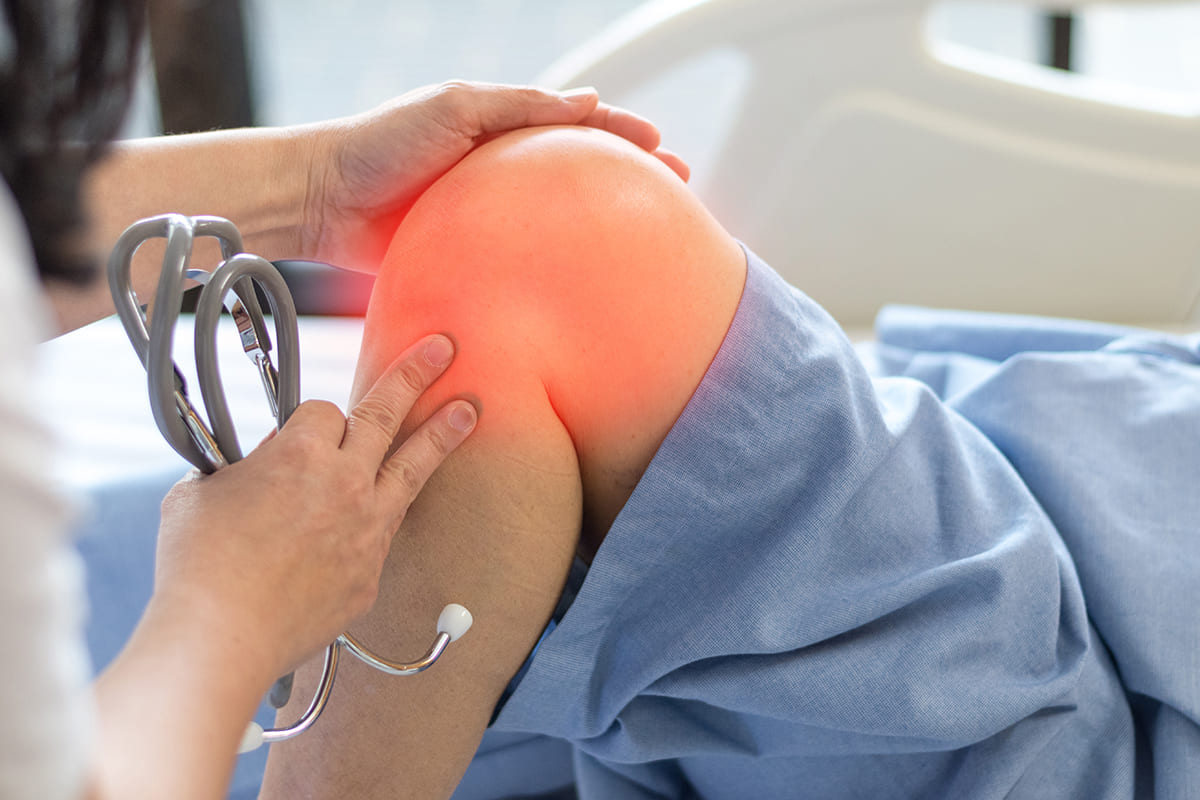
Is it beneficial to treat anterior cruciate ligament tear with a surgery?
In the past, treating tears in anterior cruciate ligament and meniscus required a major operation on the knee. Today, however, the damages can be repaired through minimal invasive surgery. With this technique, the incision is very small, resulting in less discomfort and faster recovery while enabling a satisfactory and highly successful outcome. Importantly, it also helps prevents deterioration of the knee in the future. Therefore, the surgery as advised by your specialist is recommended.
How to prepare for an anterior cruciate ligament surgery?
Before undergoing an anterior cruciate ligament surgery, there are 2 main points of emphasis. Firstly, it is the mobility of the damaged knee. That is, the swelling should already disappear such that the knee can straighten and bend to its full extent. And, secondly, it is necessary to strengthen muscles around the knee through rehabilitation science techniques. Both of these must take place before the surgery in order to ensure the best possible outcome, allowing the inserted tendon to attach to the bones properly and become the new anterior cruciate ligament naturally.
How long will the healing process be?
Treating an anterior cruciate ligament tear through a minimally invasive surgery gives the patient the ability to bend the knee from the first 24 hours; and, in conjunction with a physical therapy, the patient will be able to recover quickly – though crutches may be required for 3 – 4 weeks. If the meniscus has to be repaired at the same time, the patient will probably need to use crutches for about 4 – 6 weeks after the surgery; because it will be necessary to let the meniscus heal properly also.
How important is post-operative care?
After an anterior cruciate ligament surgery, physical therapy is very important. During the first 3 months, you must see your doctor as scheduled. It is also recommended that you undergo regular physical therapy at the hospital, about once or twice a week. This can later be adjusted after consulting with the doctor, to continue the therapy program at home. It will depend on each patient’s condition and severity of the injury; but, importantly, you should follow your doctor’s advice. If you neglect physical therapy after the surgery, your knee will become stiff and you will not be able to bend it properly – probably resulting in more weakening and withering of muscles compared to the uninjured knee.
Through the experience of our experts and the never-ending advancements in technology, our patients will continue to receive satisfactory treatments for anterior cruciate ligament injuries. The Bangkok Academy of Sports and Exercise Medicine at Bangkok Hospital is ready to care for our patients so that they can regain their quality of life and are able to play sports again, because the success of our treatment is our shared ultimate goal with our patients’.


